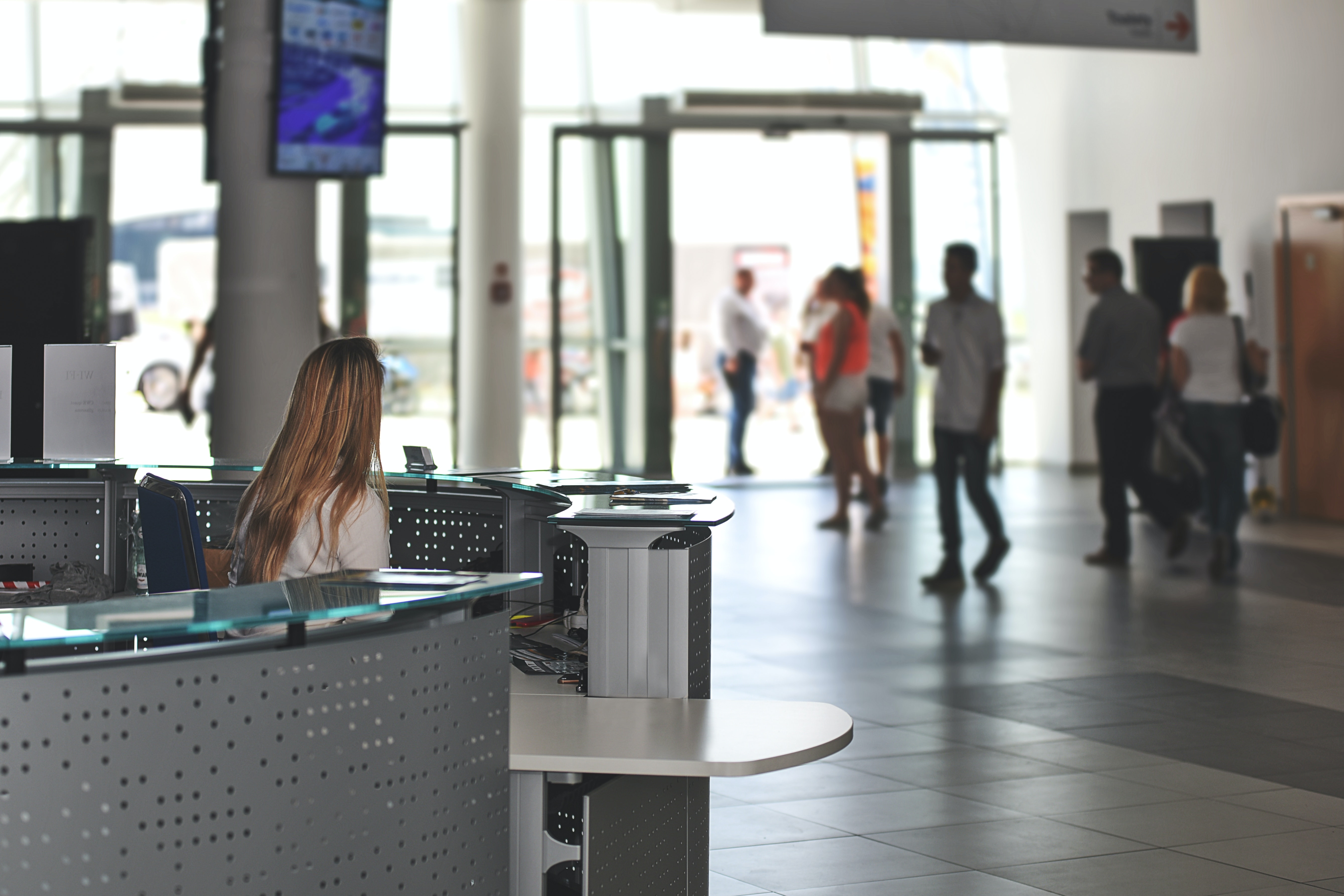A study showed that 15 % of the employees had high-strain jobs. Being female, having low education level, doing shift work and work outside the regular workplace increased the risk of having a high-strain job.

Depending on the combination of levels of job control and perceived demands, job types may be classified as active, passive, low-strain or high-strain. High-strain jobs are jobs where the employee faces high demands but has low control over how the work is performed. Such jobs may have adverse consequences for health and work participation. The aim of this study was to assess how person-related and job-related factors were associated with high-strain, low-strain, active and passive jobs – simply put, who has the most and the least stressful jobs?
The WIRUS study targeted Norwegian employees in private and public enterprises. In this study, 4,487 employees were included in the analyses.
There was higher risk of having a high-strain job for participants who were female; had lower levels of education; had shift work; and did work outside the regular workplace. Thus, the most stressful jobs were more often held by persons sharing these characteristics. Low-strain jobs were found more often among participants who were male, had higher education level, who did not have a managerial position and did not engage in shift work or work outside the regular workplace. Therefore, the least stressful jobs were more often held by persons in these groups.
While gender and education play a role in determining the job experience, so does job position and whether the employee works irregular hours and outside the workplace. Efforts to prevent health problems and work disability may therefore target employees who work irregular hours and outside the workplace, as they often have the most stressful jobs.
Read full text article:
Bonsaksen, T., Thørrisen, M.M., Skogen, J.C., & Aas, R.W. (2019). Who reported having a high-strain job, low-strain job, active job and passive job? The WIRUS Screening study. PLOS ONE, 14(12), e0227336. DOI: 10.1371/journal.pone.0227336.
The review was made by the research group PARTAKE - Participation in school, working life and treatment at the University of Stavanger together with the authors. For more research news, feel free to follow us on our website or Facebook page.